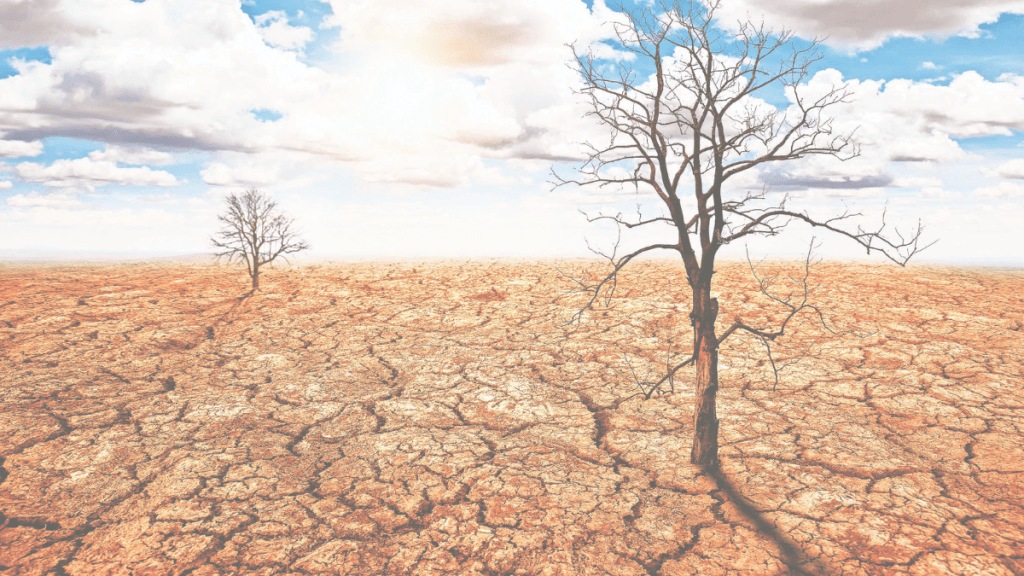They say desperate times call for desperate measures. Climate awareness is now trying to take help from an emoji to generate a bit more traction regarding climate change.
A ‘dead tree’ emoji update has been approved this year from the Unicode Consortium, a non-profit that sets emoji standards, devoted to developing, maintaining, and promoting software internationalisation standards and data.
The idea of the ‘dead tree’ emoji was first pitched in 2022 to the Unicode Consortium seeing a gap in messaging graphics that touch on environmentalism. Drought is natural and frequent in many parts of the world.
With the climate cycle now changing, drought is spreading to places and have worn out the natural resources. As a result, drought has affected trade on the Mississippi River and in the Panama Canal, crops in Brazil, reservoir levels in Spain, and tourism in Mexico, stated a recently published Bloomberg news report.
“That something from 2022… is still relevant today actually speaks to the longstanding relevancy of the concept,” says Jennifer Daniel, chair of the emoji subcommittee at the Unicode Consortium in the news report. “Because two years in digital space might as well be 200 years.”
The leafless tree — also known as the ‘dead tree’ or ‘dying tree’ emoji depicts this idea of expressing climate concern. The emoji could become a driving force among the young and the old, and depict the growing impact of climate change even as we chat or converse on phone.
The tree emoji is linked to drought and is indicative of many other stressing environmental concerns such as melting ice caps, sea level rise, plastic pollution and loss of biodiversity which have a huge impact on the ecosystem. So can tree plantation become an effective tool in combating climate change and restoring biodiversity?
The United Nations convention to combat desertification reports that the number and duration of drought has increased by almost a third in the last two decades.
The report says droughts have claimed the lives of 650,000 people since 1970, mostly in countries that have least contributed to the factors intensifying the effects of drought. Today, over 2.3 billion people face water stress.
By 2050, over three-quarters of the world’s population could be affected by drought. Drought has become an
existential threat for many smaller communities and woven into a triple planetary crises of climate change, biodiversity and nature loss, and pollution and waste.
Not just the leafless tree but there are several other new emojis set to debut either late this year and into the next. An exhausted face with bags beneath its eyes, a fingerprint, a harp, a splat, a shovel, flag and a root vegetable are among the new emojis.
What’s interesting is that the new emojis reflect the reality of our times and serve as an effective communicative tool. For instance, the smiley face with dark patches under its eyes represents the present day stress, fatigue and exhaustion in everyday life. There’s an interesting set of emojis, ‘Genmoji’ as part of Apple’s new suite of AI features in iOS 18, which is an amalgamation of the words generative AI and emoji.
By leveraging Apple Intelligence and on-device processing, the Artificial Intelligence-powered service has the ability to generate customised emojis on the device keyboard. In the age of rampant social media, emojis express our emotions better than words. Can they do wonders even for climate change awareness?








